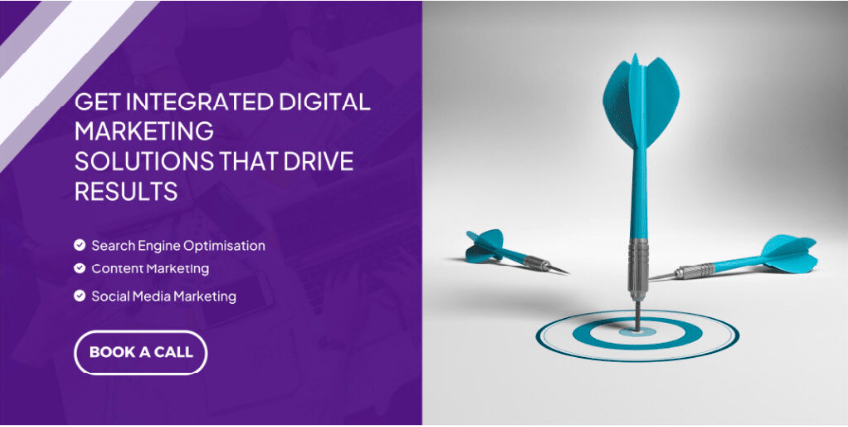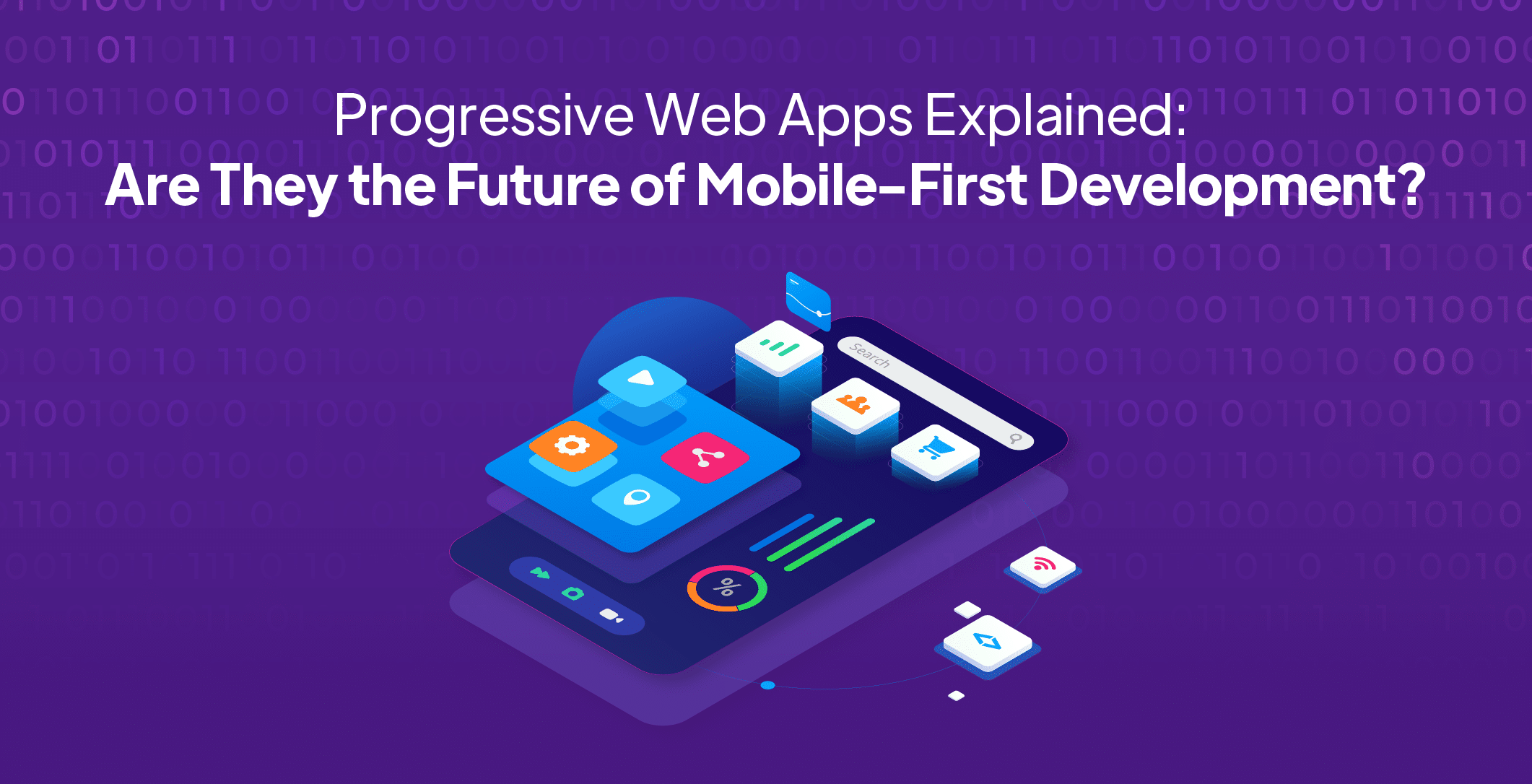Google’s Core Web Vitals, a group of performance metrics evaluates and enhances the user experience of websites. These metrics evaluate page loading, interactivity, and visual stability. Understanding and optimizing Core Web Vitals is vital not only for delivering an excellent user experience but also for enhancing your website’s SEO rankings. Let’s know more about Core Web Vitals and their importance.
What are Core Web Vitals?
Google Core Web Vitals constitute a subset of factors that contribute to Google’s “page experience” score, essentially representing Google’s assessment of your page’s overall user experience (UX).
These metrics offer valuable insights into essential aspects of the page experience, aiding website owners and developers in identifying and rectifying performance issues that influence user satisfaction and search engine rankings.
Largest Contentful Paint (LCP):
Largest Contentful Paint measures the time it takes for the largest element on a webpage to become visible to users, evaluating the speed of main content loading. A favourable LCP score ensures a fast-loading experience, captivating users from the moment they land on your page.
To interpret LCP results, consider the following thresholds:
- Good: LCP occurs within the first 2.5 seconds.
- Needs Improvement: LCP takes between 2.5 to 4 seconds.
- Poor: LCP exceeds 4 seconds.
First Input Delay (FID):
First Input Delay gauges the time between a user’s first interaction (e.g., clicking a button or selecting a menu) and the browser’s response to that action. FID focuses on interactivity and responsiveness, determining how quickly users can engage with your website.
A low FID score is desirable, indicating a smooth and interactive experience:
- Good: FID is less than 100 milliseconds.
- Needs Improvement: FID ranges between 100 to 300 milliseconds.
- Poor: FID exceeds 300 milliseconds.
Cumulative Layout Shift (CLS):
Cumulative Layout Shift assesses the visual stability of a webpage during loading, quantifying content shifts causing unexpected layout changes, which may frustrate users.
CLS emphasizes the importance of delivering a visually consistent experience. Lower scores are preferable:
- Good: CLS is less than 0.1.
- Needs Improvement: CLS ranges between 0.1 to 0.25.
- Poor: CLS exceeds 0.25.
Importance of Core Web Vitals
Enhances User Experience:
Core Web Vitals optimization directly contributes to a positive user experience. Speedy page loading, responsive interactions, and stable layouts all result in heightened user satisfaction and engagement. When visitors enjoy a seamless and pleasant experience on your website, they are more inclined to spend more time, interact with your content, and potentially convert into customers.
Improves SEO Rankings:
User experience holds significant weight in Google’s ranking algorithm. Websites that deliver a superior user experience are more likely to achieve higher positions in search engine results. What’s the impact of Core Web Vitals on SEO? As Core Web Vitals gain more prominence as ranking factors, optimizing these metrics can have a positive impact on your SEO rankings. By prioritizing user experience and enhancing Core Web Vitals, you can enhance your website’s visibility, attract increased organic traffic, and gain a competitive advantage in search results.
Ways to Enhance Core Web Vitals
Improve Page Loading Speed
To enhance LCP, minimize server response time, use caching techniques, and optimize images by compressing them. Prioritize loading essential content first to ensure quick access to the main page content for users.
Reduce JavaScript Execution Time
To improve FID, assess and minimize JavaScript usage, remove unnecessary dependencies, and defer non-critical JavaScript execution. Optimize your code and employ code-splitting techniques for more efficient JavaScript file loading.
Optimize Rendering and Layout
Prevent unexpected shifts and layout instability by specifying image and video dimensions. Reserve space for dynamic content to avoid layout shifts. Optimize CSS and reduce render-blocking resources to enhance CLS.
Monitor and Test Performance
Regularly monitor your website’s performance using tools like Google Page Speed Insights, Lighthouse, or WebPage Test. Identify performance bottlenecks and areas for improvement. Conduct comprehensive testing to ensure a fast and stable user experience across various devices and network conditions.

Conclusion
Understanding and optimizing Core Web Vitals is critical for enhancing user experience and improving SEO rankings. Focusing on metrics like LCP, FID, and CLS enables you to deliver a fast, interactive, and visually stable website. Prioritizing user experience not only boosts engagement and conversions but also positively impacts your website’s visibility and search engine rankings. Zerozilla’s expert team of professionals improve Your Core Web Vitals scores to help you skyrocket your business.




